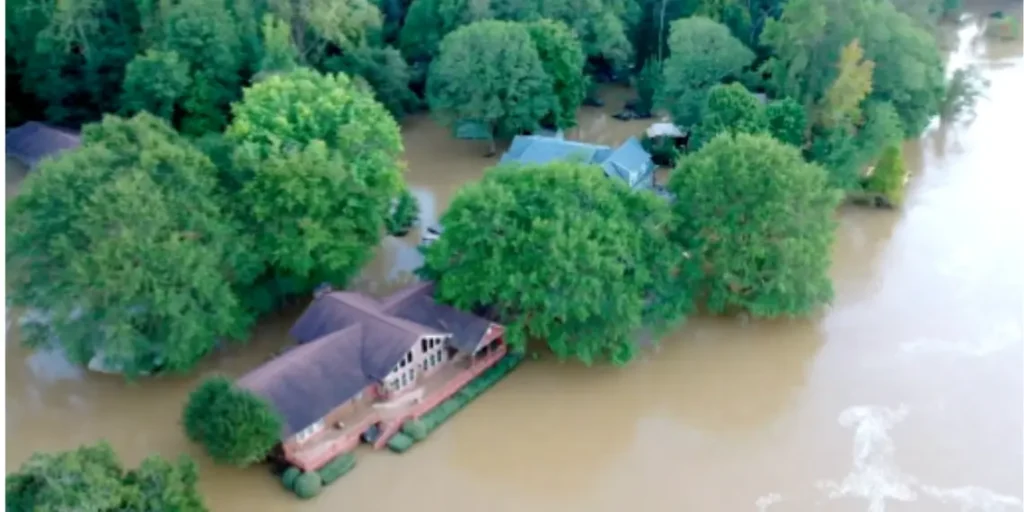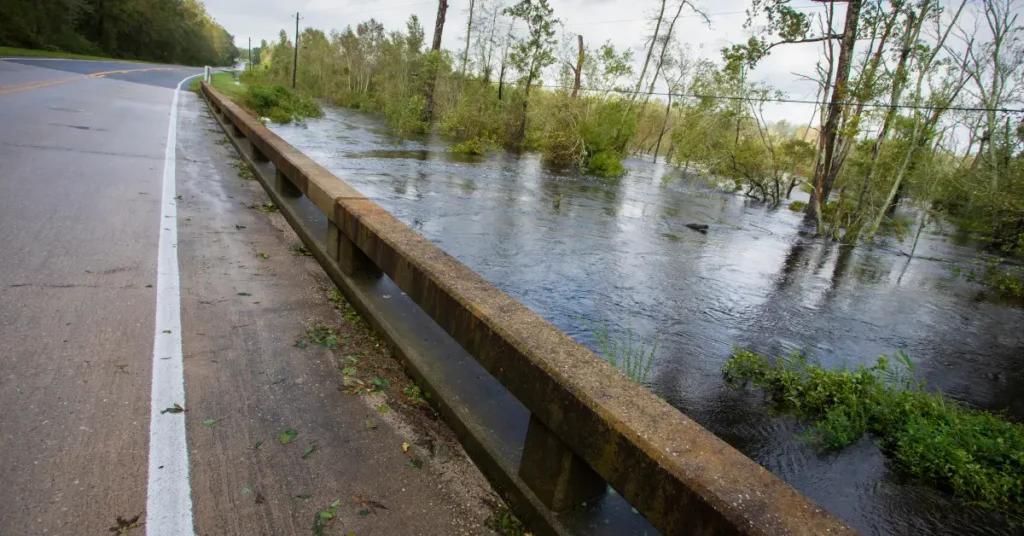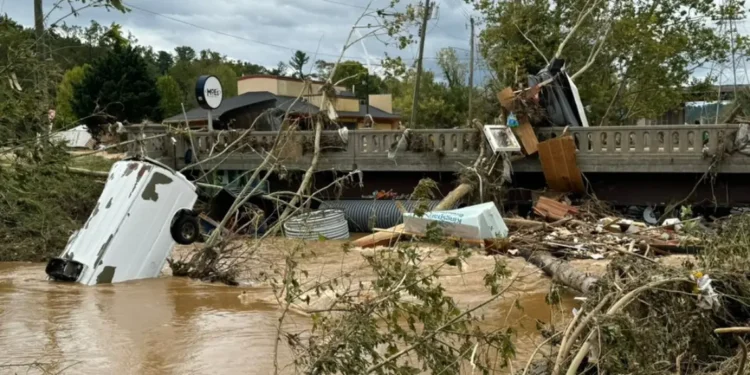Hurricane Helene Recovery Efforts Face Major Challenges as Flooding and Power Outages Persist Across the Southeast
The death toll from Hurricane Helene has now exceeded 100 as recovery efforts across the southeastern United States intensify. The powerful storm made landfall in Florida’s Big Bend region as a Category 4 hurricane, unleashing winds of up to 140 mph and causing widespread destruction across several states. Now, as the Hurricane Helene recovery efforts enter a critical phase, communities continue to face significant challenges from catastrophic flooding, power outages, and damaged infrastructure.

Widespread Destruction from Hurricane Helene
Hurricane Helene left a trail of devastation, affecting Florida, Georgia, South Carolina, North Carolina, and Virginia. After making landfall, the hurricane’s ferocious winds and heavy rains caused extensive damage to homes, businesses, and public infrastructure. Entire neighborhoods were submerged under floodwaters, with hundreds of roads and bridges washed away, complicating rescue operations.
In Georgia, tornadoes generated by the storm added to the destruction, killing two people. North Carolina, however, has been one of the hardest-hit states, with flash floods washing away homes and cutting off entire communities like Chimney Rock and Asheville from emergency services.

Hurricane Helene Recovery Efforts in Full Force
As of September 30, the death toll has surpassed 100, making this one of the deadliest storms to hit the region in recent history. Rescue teams, including the National Guard and local emergency responders, have been deployed to the hardest-hit areas. The Hurricane Helene recovery efforts are now focused on reaching isolated communities and restoring basic services such as power and clean water.
Biltmore Village flooding has lowered enough to allow full access to the devastation that occurred. Many buildings destroyed. Still water levels high around the city with ongoing flooding along the French Broad river. Fortunately access from Brevard to Asheville is open again… pic.twitter.com/c8r6lP6rqI
— Dan Whittaker (@severeforecast) September 29, 2024
In North Carolina, where floodwaters remain high, helicopters are being used to deliver food and medical supplies to residents trapped by washed-out roads. “The scale of this disaster is unlike anything we’ve seen,” said an official from Asheville, where dozens of fatalities have been confirmed. Thousands of people are still displaced, and over 2 million are without power across the region.
Federal Assistance and Economic Impact
President Joe Biden has declared a federal disaster, unlocking federal funds to aid recovery efforts across the affected states. The Federal Emergency Management Agency (FEMA) is coordinating with local governments to provide shelter, food, and medical assistance. Early estimates from Moody’s Analytics suggest that damage from the storm could cost between $15 billion and $26 billion, covering the cost of property damage, infrastructure repairs, and loss of business.
Recovery efforts will likely extend for months, if not years, with many communities needing to be rebuilt from the ground up. Roads, bridges, and public utilities were heavily damaged in Florida and the Carolinas, where efforts to restore power and other essential services continue.
Ongoing Challenges in the Aftermath
Despite ongoing efforts, the Hurricane Helene recovery efforts face significant challenges. Flooding is still affecting much of western North Carolina, where dozens of towns remain isolated by washed-out roads and collapsed bridges. Rescue teams continue to navigate these difficult conditions to provide relief to those stranded by the storm.
Local officials warn that the death toll could rise further as rescue teams reach more remote areas. “The full impact of the storm is still unfolding,” said a National Guard representative. “Our priority right now is saving lives and ensuring that basic needs are met for those affected by this unprecedented storm”.
In Summary
As the southeastern United States grapples with the aftermath of Hurricane Helene, the recovery efforts continue to ramp up. With more than 100 people dead and billions of dollars in damage, communities across the region face a long road to recovery. Federal aid and local support are beginning to flow into the most devastated areas, but the scale of the disaster means that the recovery process will likely take months. As rescue operations continue, attention will shift towards rebuilding homes, restoring infrastructure, and ensuring the long-term recovery of the impacted regions.

































